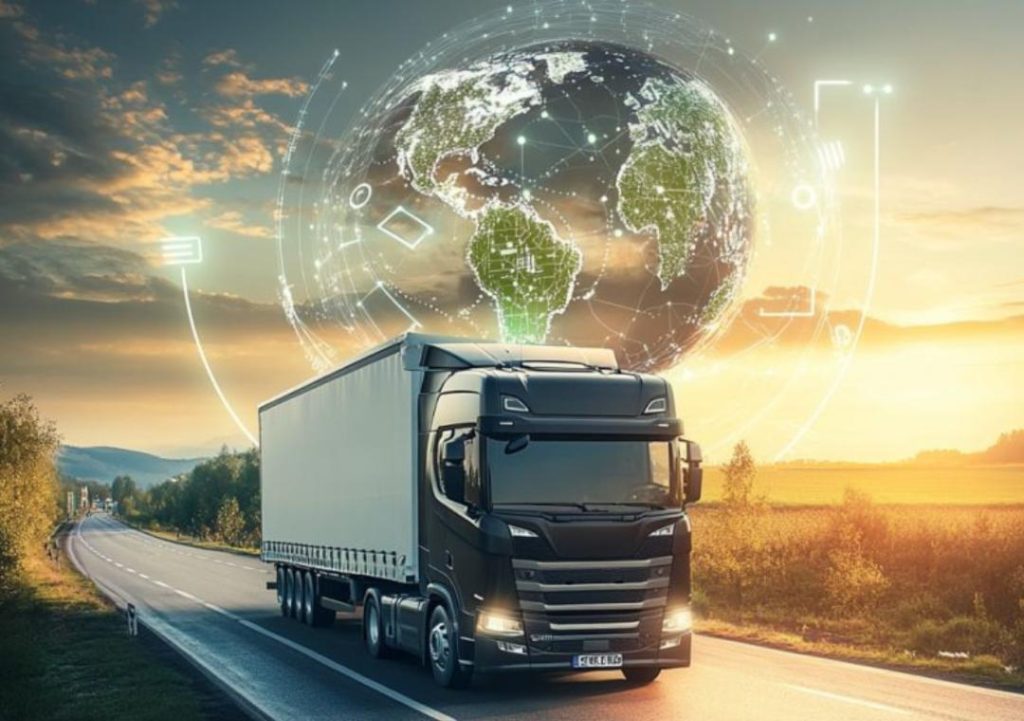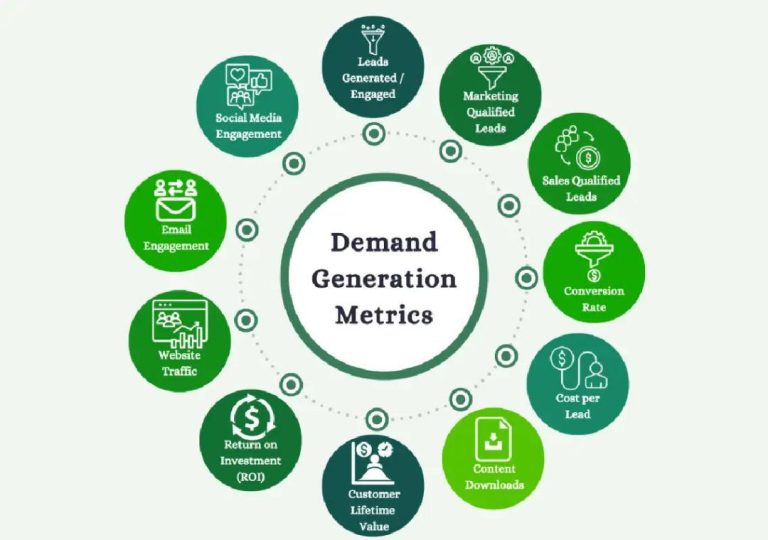
Can AI Cut Logistics Costs?
The logistics industry is one of the most significant contributors to global greenhouse gas emissions, with an estimated 12% of total emissions attributed to transportation alone. At the same time, companies are under pressure to reduce costs and improve efficiency. With the rise of Artificial Intelligence (AI) and its applications in logistics, the industry is witnessing a significant transformation. AI is enabling logistics companies to reduce fuel consumption, minimize idle time, and predict maintenance before breakdowns. In this blog post, we’ll explore how AI is revolutionizing the logistics industry and cutting costs.
Autonomous Vehicles: A Game-Changer
One of the most significant applications of AI in logistics is autonomous vehicles. Self-driving trucks and delivery vans can navigate roads without human intervention, improving safety and reducing accidents. According to a study by McKinsey, autonomous vehicles can reduce fuel consumption by up to 30% and reduce labor costs by up to 50%. Companies like DHL and DB Schenker are already testing autonomous trucks, and the technology is expected to become more widespread in the coming years.
Route Optimization: The Key to Efficiency
Another area where AI is making a significant impact is route optimization. Traditional logistics companies often rely on manual route planning, which can lead to inefficient routes and increased fuel consumption. AI-powered route optimization software can analyze traffic patterns, weather conditions, and other factors to create the most efficient routes possible. This not only reduces fuel consumption but also minimizes idle time and reduces the risk of accidents. According to a study by Inbound Logistics, AI-powered route optimization can reduce fuel consumption by up to 20% and increase delivery efficiency by up to 30%.
Inventory Forecasting: Predicting Demand with AI
Inventory forecasting is another area where AI is making a significant impact. Traditional inventory forecasting methods rely on historical data and manual analysis, which can lead to inaccurate predictions. AI-powered inventory forecasting software can analyze large datasets, including weather patterns, seasonality, and consumer behavior, to predict demand with greater accuracy. According to a study by Supply Chain Digest, AI-powered inventory forecasting can reduce inventory costs by up to 20% and improve delivery accuracy by up to 15%.
Real-World Success Stories
So, how are logistics companies using AI to cut costs and improve efficiency? One example is Maersk, the world’s largest container shipping company. Maersk has implemented AI-powered route optimization software to reduce fuel consumption and minimize idle time. According to Maersk, the software has reduced fuel consumption by up to 10% and increased delivery efficiency by up to 15%. Maersk has also implemented AI-powered inventory forecasting software to predict demand and reduce inventory costs. As a result, Maersk has reported smoother operations, on-time deliveries, and a greener supply chain.
Another example is DHL, which has implemented AI-powered autonomous delivery vans in several countries. According to DHL, the autonomous vans have reduced fuel consumption by up to 20% and increased delivery efficiency by up to 25%. DHL has also reported a significant reduction in accidents and near-misses.
Challenges and Limitations
While AI is revolutionizing the logistics industry, there are still several challenges and limitations to consider. One of the biggest challenges is data quality and availability. AI algorithms require high-quality data to make accurate predictions, but in many cases, data is incomplete or inaccurate. Another challenge is the need for significant investment in infrastructure, including sensors, cameras, and other technology.
Additionally, there are concerns about job displacement and the impact of AI on the logistics workforce. While AI can automate many tasks, it also creates new job opportunities in areas such as data analysis and maintenance. According to a study by McKinsey, up to 50% of logistics jobs could be automated by 2025, but this also means that companies will need to focus on upskilling and reskilling their workforce.
Conclusion
AI is transforming the logistics industry into a smart, cost-efficient ecosystem. With machine learning, companies can reduce fuel consumption, minimize idle time, and predict maintenance before breakdowns. Autonomous vehicles, route optimization, and inventory forecasting are driving up efficiency and reducing costs. Real-world users like Maersk are reporting smoother operations, on-time deliveries, and greener supply chains.
While there are still several challenges and limitations to consider, the potential benefits of AI in logistics are significant. As the technology continues to evolve, we can expect to see even more innovative applications in the future. Whether it’s optimizing routes, predicting demand, or reducing accidents, AI is revolutionizing the logistics industry and cutting costs.
Source:






